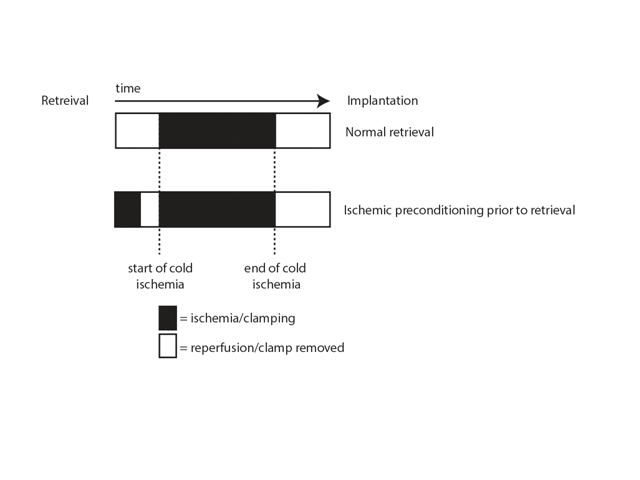Advances in Reducing Liver Allograft Injury
DOI:
https://doi.org/10.5530/BEMS.1.2.4Keywords:
Liver transplantation, Ischemia-reperfusion injury, Organ conditioningAbstract
The shortage of organs for liver transplantation has led to the use of more extended criteria donor grafts and grafts recovered from Donation after circulatory death (DCD) donors. The former are more vulnerable to Ischemia-reperfusion injury (IRI) because of pre-existing pathology and the latter experience significant warm ischemia during organ recovery. Reducing the impact of IRI in extended criteria and DCD grafts is key to better outcomes in liver transplantation and could lead to expansion of the donor pool by increasing the utility of suboptimal organs. At each stage of the transplantation procedure there is opportunity to reduce the impact of IRI. This review discusses the underlying pathophysiology of IRI as it occurs in liver transplantation and summarises the advances that have been made in reducing human liver allograft injury through preconditioning, ex vivo conditioning and post-conditioning.










